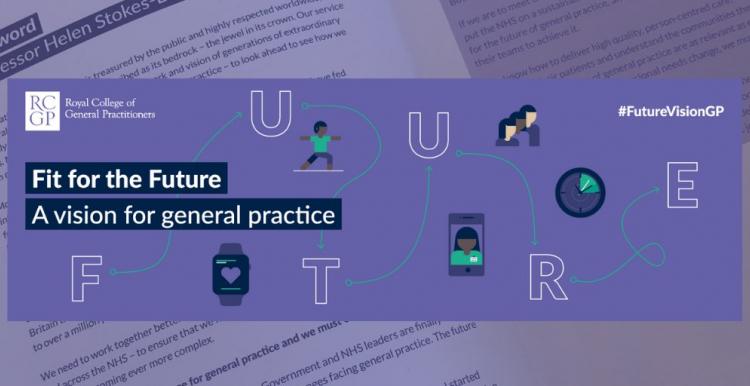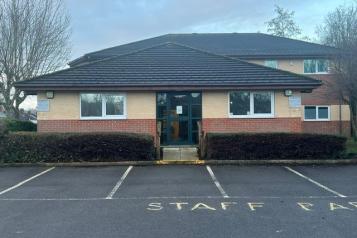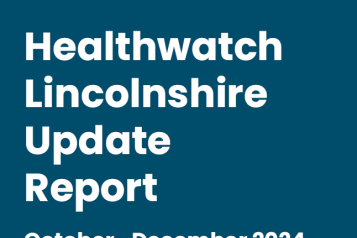Fit for the Future : A vision for General Practice
Fit for the Future– the The Royal College of General Practitioner's vision of what general practice will look like in 2030

Fit for the Future– the College's vision of what general practice will look like in 2030 - was informed through consultation with more than 3,000 GPs, other health professionals and patients, as well as research commissioned from The King's Fund.
It also predicts:
- An overhaul of the GP-patient record into a personalised 'data dashboard', accessible by healthcare professionals across the NHS, and that will draw on data from the patient's genomic profile and wearable monitoring devices.
- Networks of GP practices will evolve into 'wellbeing hubs' with expanded teams offering a wider range of services, both clinical and non-clinical – and that access will increasingly be via digital and video channels.
- Continuity of care will be maintained and improved but delivered via 'micro-teams', so that alongside having a named GP, patients can build long-term relationships with several members of a multi-disciplinary team. The GP team will include established nursing and pharmacy roles, but also emerging roles, such as physiotherapists, occupational therapists, link workers, dieticians and health coaches.
- GPs will no longer work in isolation – practices will work in networks or clusters, allowing them to pool resources and people, but facilitating smaller practices to retain their independence and patient lists.
- A greater use of AI to improve triage systems that assess the severity of a patient’s health needs, enhance diagnosis, flag 'at risk' patients, and safely identify the most appropriate care pathway.
Downloads
Read the full report
File download
Fit for the Future : A vision for General Practice


